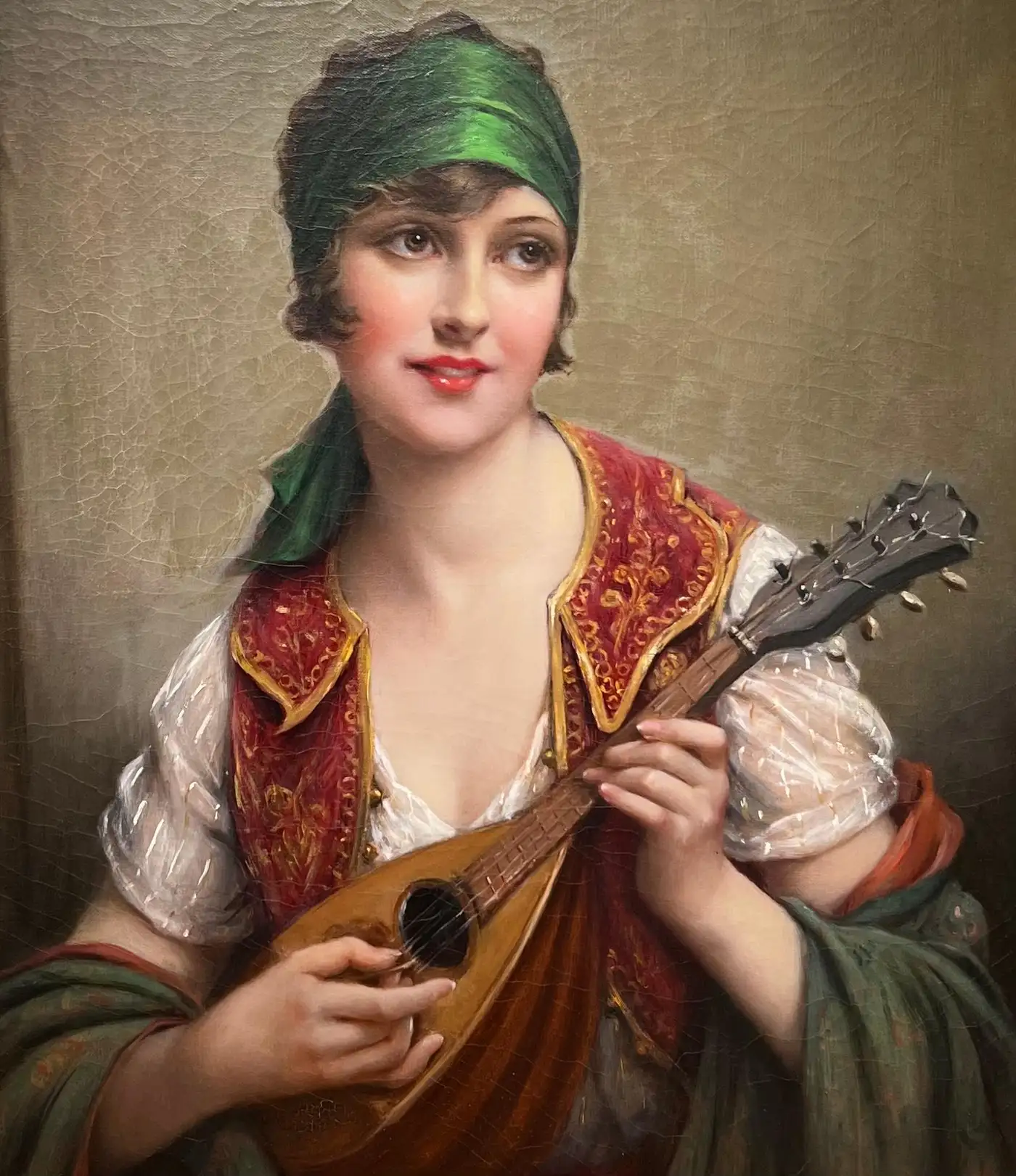Headscarves: From Sacred Symbol to Summer Festival Trend
- rosedorange
- Jul 1
- 3 min read
Wearing a headscarf is more than just a fashion statement — it's a cultural practice rooted in centuries of tradition, spirituality, and symbolism. Across different eras and civilizations, the headscarf has served multiple purposes: from religious duty to social status, from sun protection to a form of self-expression. Today’s fashion trends only continue this legacy, bringing the headscarf back into the spotlight with fresh meaning and modern style.
Origins: Ancient Civilizations and the Birth of the Headscarf
The earliest recorded uses of the headscarf can be traced back to ancient Mesopotamia and Egypt. In Babylon and Assyria, elite women wore veils or scarves as a sign of social status and respectability. In ancient Egypt, head coverings were worn by priests and pharaohs as symbols of spiritual power and to protect from the sun’s intensity.
In ancient Greece, women often covered their heads in public as a sign of modesty, and in Rome, it became a symbol of a married woman's dignity and virtue. From the beginning, the headscarf was both practical and symbolic.

Cultural Meaning: Marriage, Status, and Aesthetic Expression
In many traditional cultures, the headscarf signified a woman’s marital status or maturity:
In Russia and Ukraine, a married woman was expected to cover her head before stepping outside — the scarf indicated that she was a wife and mother.
In India, headscarves are part of ceremonial wear like the sari or dupatta, symbolizing respect and tradition.
In West and Central Africa, brightly colored scarves (gele or duku) are worn for both daily use and celebrations, representing beauty, strength, and social position.
During the Renaissance and Baroque eras in Europe, headscarves and veils became decorative fashion items, often embroidered or adorned with pearls and lace. In the 20th century, iconic women like Grace Kelly and Audrey Hepburn turned the silk headscarf into a symbol of timeless elegance.
Silk and Hair: Beauty Meets Function
In addition to their aesthetic and cultural value, silk scarves are known to be beneficial for hair health. Unlike cotton or synthetic fabrics, silk causes less friction, which helps prevent breakage, frizz, and split ends. Silk naturally retains moisture and reduces static, making it especially popular for those with curly or fragile hair. Wearing a silk headscarf is not only stylish — it’s a gentle way to care for your hair, especially in windy or sunny outdoor conditions.
Esoteric Meaning: Energy and Spiritual Protection
In esoteric and mystical traditions, the head is considered an energy center — especially the crown (or “crown chakra” in Vedic teachings). Covering the head is believed to provide spiritual grounding and protect one’s personal energy from external influences. In Kabbalah, Sufism, and certain yogic practices, wearing a head covering during prayer or meditation enhances focus, filters energy, and signifies inner discipline.
A scarf, then, becomes more than fabric: it’s a symbolic shield, balancing inner and outer forces and anchoring the wearer in a sacred space.
Modern Trend: Headscarves and Summer Festival Style
Today, headscarves are making a vibrant comeback — especially during summer music festivals like Coachella, Glastonbury, Tomorrowland, Burning Man and etc. They offer both aesthetic flair and practical benefits: protecting from dust, heat, and sun, while adding a bold statement to the outfit.
Modern interpretations draw inspiration from vintage looks, boho-chic vibes, ethnic patterns, and retro 1970s fashion. Scarves are worn pirate-style, as turbans, twisted into braids, or tied into bandeau tops. They represent freedom, creativity, and individuality — exactly what festival fashion is all about.
From ancient temples to open-air stages, from spiritual discipline to hair care and high fashion — the headscarf is a garment rich in meaning and ever-evolving significance. Whether worn in devotion, tradition, or as a bold accessory at a summer festival, it continues to connect us to both our roots and our self-expression.






























Such a beautiful reflection on the cultural and historical meaning of headscarves! If you're styling yours with outerwear, this online jacket store has some great modern options. Their jackets pair perfectly with traditional or contemporary headscarf looks. Cyberpunk Jackets
Unleash bold energy in this iconic Eight Ball Jacket. Shop top picks now at Stussy Jacket.